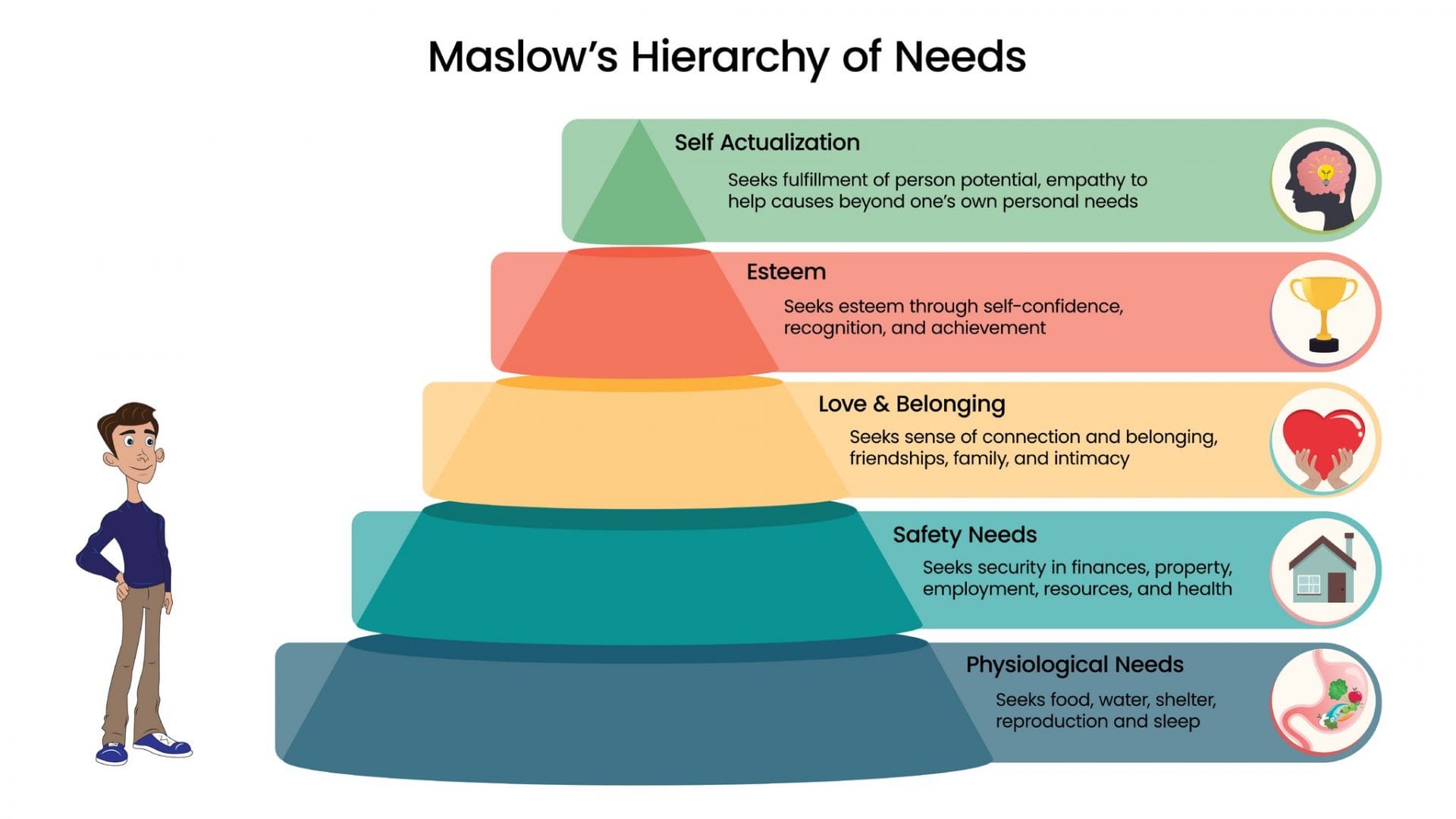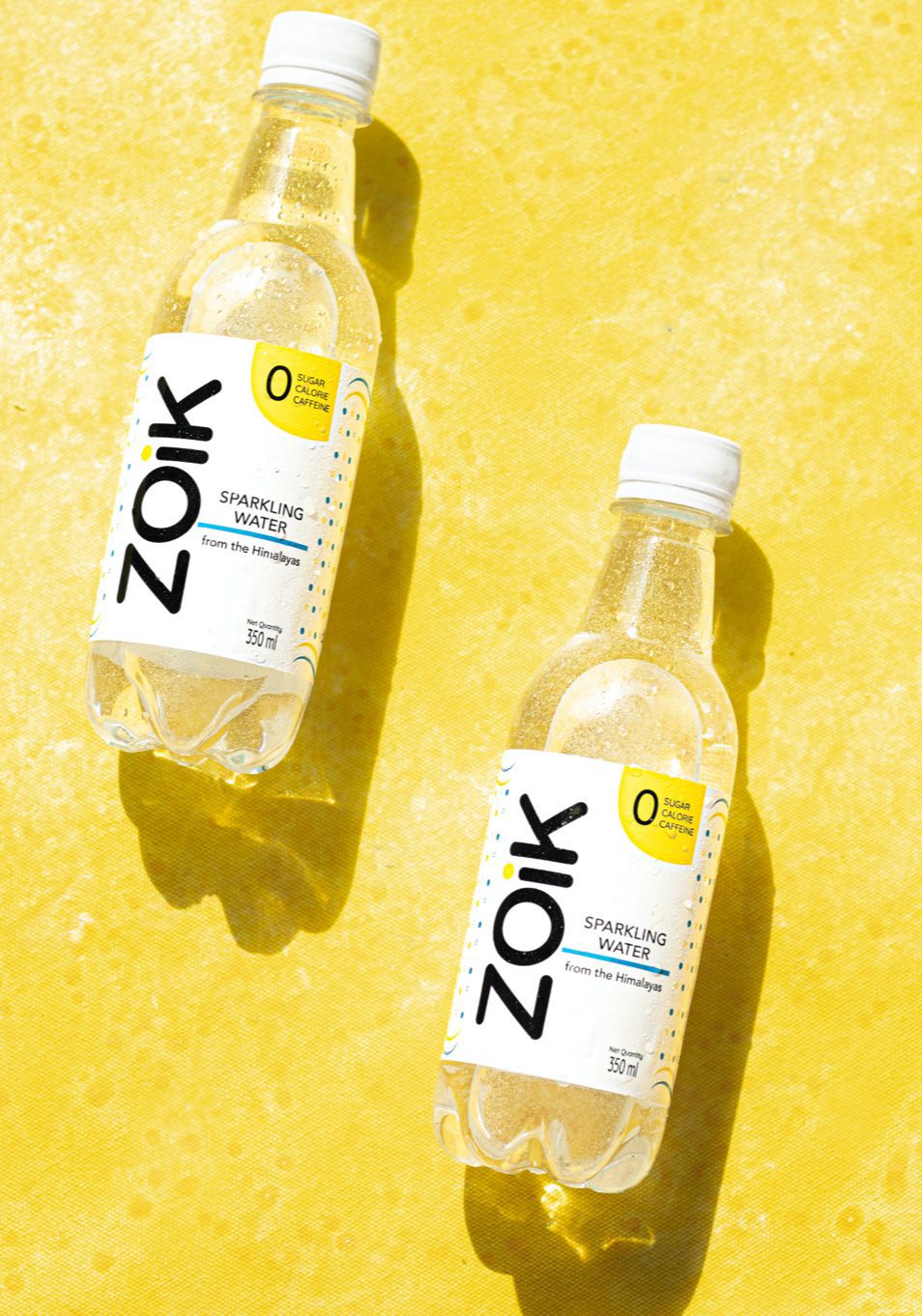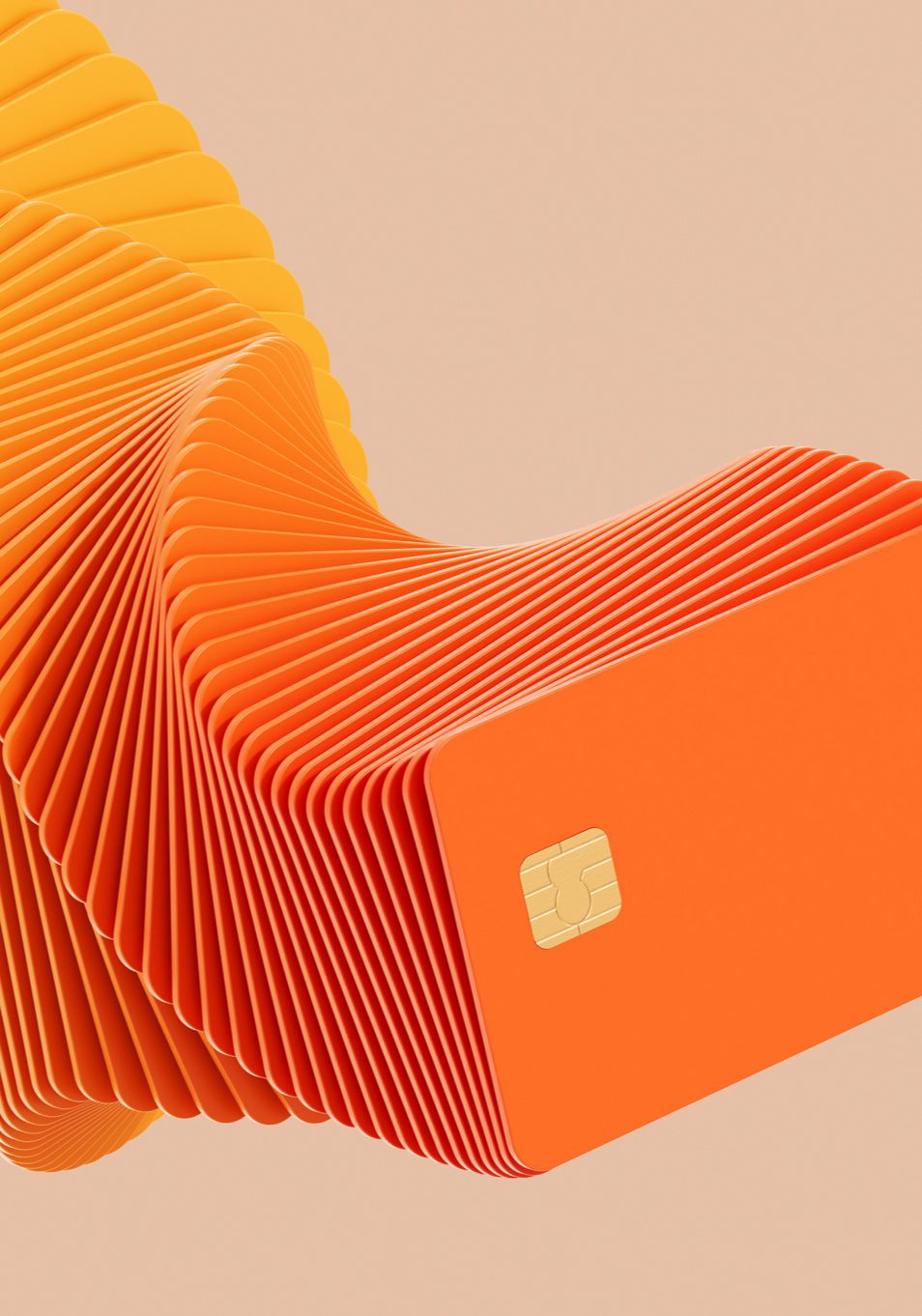Introduction:
In a world saturated with brands vying for attention, emotional branding has emerged as a powerful strategy to cut through the noise and create lasting connections with customers. Unlike traditional branding, which focuses on features and benefits, emotional branding taps into the feelings, values, and aspirations of your audience. This blog dives deep into the concept of emotional branding, its importance, and how you can leverage it to build a strong, relatable, and memorable brand identity.
Why Emotional Branding Works?
Think about the brands you love. Chances are, they make you feel something—whether it’s joy, trust, or inspiration. Emotional branding works because it taps into the heart, not just the mind. When customers feel emotionally connected to your brand, they’re more likely to stick around, recommend you to others, and even forgive your mistakes.
How to Build Emotional Connections: Simple, Powerful Strategies?
1. Tell a Story That Resonates
Craft narratives that reflect your brand’s mission and values, and that resonate with your audience’s experiences and aspirations. Storytelling is a powerful tool to evoke emotions and build connections.
2. Get Personal (But Not Creepy)
Personalization is key to making customers feel special. Use data to understand their preferences and tailor your messaging. For instance, Netflix recommends shows based on what you’ve watched, making the experience feel uniquely yours.
3. Create Moments That Matter
Emotional branding is about creating memorable experiences. Whether it’s a surprise gift, a heartfelt thank-you note, or an interactive campaign, these moments leave a lasting impression. Think of Coca-Cola’s “Share a Coke” campaign, which turned a simple bottle into a personal keepsake.
4. Stand for Something That Matters
Customers want to support brands that align with their values. Whether it’s sustainability, diversity, or community support, find a cause that resonates with your audience and make it part of your brand identity. Patagonia’s commitment to the environment is a great example.
5. Build a Community, Not Just a Customer Base
A strong community creates a sense of belonging. Use social media, events, or loyalty programs to bring your customers together. For example, Sephora’s Beauty Insider program makes customers feel like part of an exclusive club.
6. Tap into Nostalgia
Nostalgia is a powerful emotion that can evoke warm, fuzzy feelings. Incorporate retro designs, throwback campaigns, or references to cultural milestones. Nintendo’s re-release of classic games is a perfect example of this strategy.
7. Engage the Senses
Sensory branding creates a multi-dimensional experience. Think about how your brand can appeal to:
- Sight: Beautiful visuals and design
- Sound: Catchy jingles or calming background music
- Touch: Luxurious packaging or textures
- Smell: Signature scents in stores or products
- Taste: Unique flavors for food and beverage brands
8. Be Real and Relatable
Authenticity is the foundation of emotional branding. Share behind-the-scenes content, admit mistakes, and communicate openly with your audience. Customers appreciate brands that feel human, not corporate.
9. Inspire and Empower
Brands that inspire their customers create strong emotional bonds. Nike’s “Just Do It” campaign, for example, motivates people to push their limits and achieve their goals.
10. Listen and Adapt
Emotional branding is a two-way street. Listen to your customers’ feedback, celebrate their stories, and adapt your strategies to meet their evolving needs.
The Science Behind Emotional Branding
Emotional branding leverages psychological principles, such as Maslow’s Hierarchy of Needs, which suggests that after fulfilling basic physiological requirements, humans seek psychological fulfillment through belonging, esteem, and self-actualization. Brands that address these higher-level needs can create deeper connections with consumers.

Examples of Emotional Branding Done Right
- Apple: Inspires creativity and innovation with its sleek designs and empowering messaging.
- Dove: Promotes self-esteem and body positivity with its “Real Beauty” campaign.
- Disney: Creates magical experiences that evoke joy, nostalgia, and wonder.
Challenges of Emotional Branding
Authenticity: Customers can easily detect insincere attempts at emotional connection.
Consistency: Maintaining emotional appeal across all touchpoints can be challenging.
Cultural Sensitivity: Emotions vary across cultures, so what works in one market may not work in another.
Common Pitfalls to Avoid
Being Inauthentic: Customers can spot insincerity from a mile away. Stay true to your brand’s values.
Over-Personalization: While personalization is great, going too far can feel invasive. Respect your customers’ privacy.
Ignoring Cultural Differences: Emotions vary across cultures, so tailor your strategies to different markets.
Conclusion:
Emotional branding is about creating a bond that goes beyond transactions. By telling authentic stories, creating memorable experiences, and standing for something meaningful, you can make your audience fall in love with your brand. In a crowded marketplace, emotional connections are what set you apart and keep customers coming back for more.





What do you think?
Your article helped me a lot, is there any more related content? Thanks!